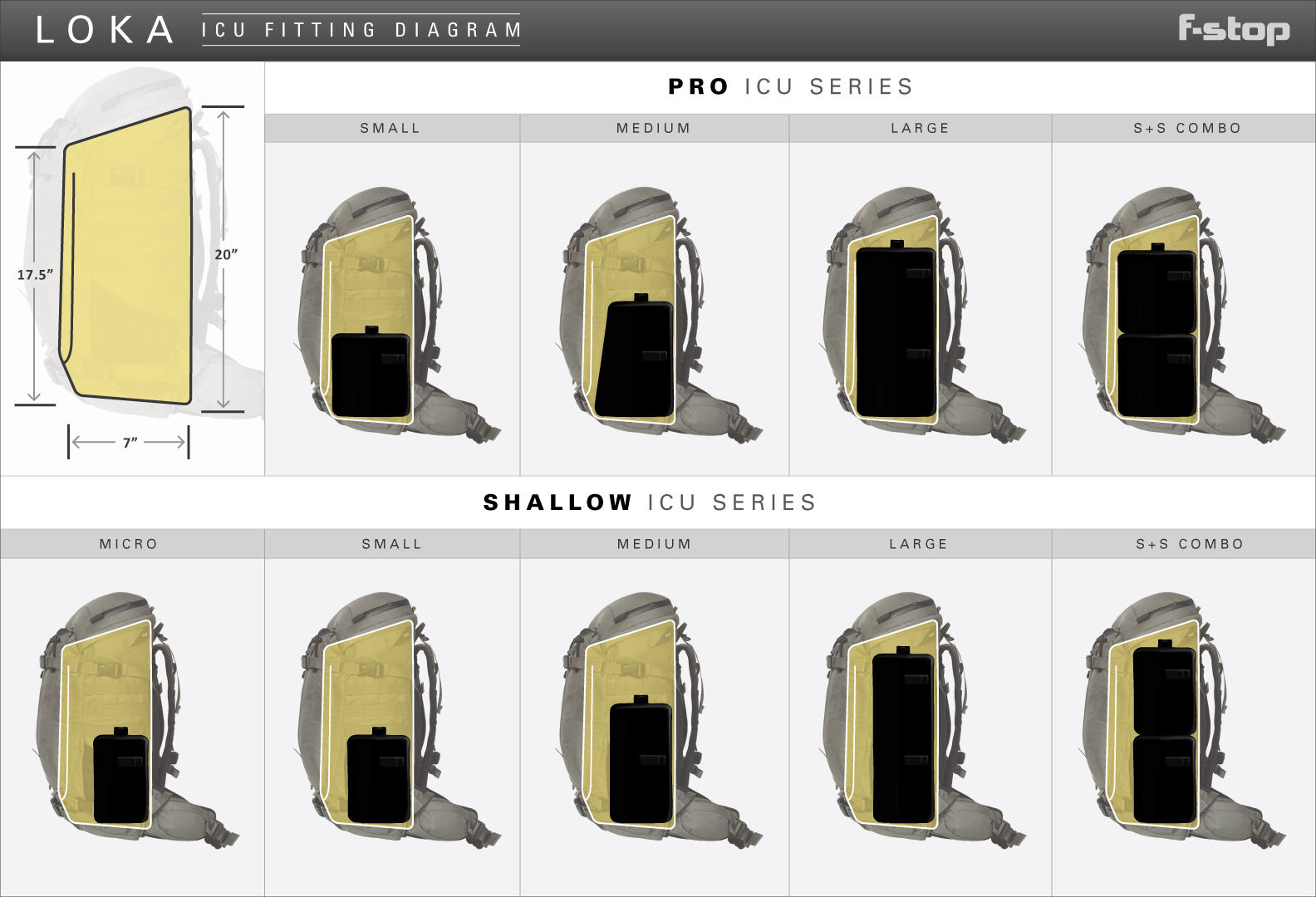
Though nomenclature conventions such as these can make guide numbers misleadingly appear to be length-based units of measure, they serve as notations to eliminate ambiguity as to which length-based system of measurement underlies the guide numbers. is to provide two guide numbers-which can be expressed in a variety of formats-so distances and f‑numbers may be calculated using either feet or meters, e.g. Another common practice when flash devices are marketed in the U.S. market, manufacturers of flash devices typically provide foot-based guide numbers and add nomenclature such as feet, ft, or the foot symbol ( ′ ) to unambiguously denote that fact, e.g.

however, photographers typically measure distances in feet and require guide numbers scaled accordingly. As such, guide numbers can be reduced either to distance in meters or to f‑stops depending on how one uses the guide number in a calculation. Throughout most of the world where the metric system ( SI) is observed, guide numbers are expressed as a unitless numeric value like 34, even though they are technically a composite unit of measure that is a two- factor product: f‑number⋅meters. Guide numbers may be expressed in either of these units of measure: f‑number⋅meters or f‑number⋅feet. Guide numbers are a composite unit of measure comprising two factors: aperture ratio and distance. Furthermore, the illumination angles underlying manufacturers' ratings vary greatly, which can make it particularly difficult to compare models.
#F stop guide iso#
However, manufacturers sometimes rate guide numbers at ISO 200, which makes them 41% greater. For the most part, manufacturers state guide numbers relative to a sensitivity of ISO 100. However, such a practice demands industry-wide standardization of both the ISO setting and illumination angle underlying the ratings this has only been partially realized. Since guide numbers are so familiar to photographers, they are near-universally used by manufacturers of on-camera flash devices to advertise their products' relative capability.
#F stop guide manual#
Still, guide numbers in combination with flash devices set to manual exposure mode remain valuable in a variety of circumstances, such as when unusual or exacting results are required and when shooting non-average scenery.ĭifferent models of flash devices available on the market have widely varying maximum-rated guide numbers. The guide number system, which manufacturers adopted after consistent-performing mass-produced flashbulbs became available in the late 1930s, has become nearly superfluous due to the ubiquity of electronic photoflash devices featuring variable flash output and automatic exposure control, as well as digital cameras, which make it trivially easy, quick, and inexpensive to adjust exposures and try again. For any given ISO setting and coverage angle however, an inherently more powerful flash device featuring a guide number that is, for instance, twice as great will permit subjects to be properly exposed from twice as far away for any given f‑stop, or conversely, will permit scenes at a given distance to be properly exposed at an f‑number twice as great. Guide numbers are not an absolute measure of flash power (a property called luminous energy) because they are influenced by other variables, notably the camera's ISO setting ( film speed) and flash coverage angle. Accordingly, as illustrated at right, a guide number can be factored to a small f‑number times a long distance just as readily as a large f‑number times a short distance. This simple inverse relationship holds true because the brightness of a flash declines with the square of the distance, but the amount of light admitted through an aperture decreases with the square of the f-number. Though guide numbers are influenced by a variety of variables, their values are presented as the product of only two factors as follows: Guide number = f-number × distance To solve for either of these two variables, one merely divides a device's guide number by the other.


When setting photoflash exposures, the guide number ( GN) of photoflash devices (flashbulbs and electronic devices known as "studio strobes", "on-camera flashes", "electronic flashes", "flashes", and "speedlights") is a measure photographers can use to calculate either the required f‑stop for any given flash-to-subject distance, or the required distance for any given f‑stop. In meters, f/1.4 × 26 m = 37 as do f/22 × 1.7 m and every combination between. For instance, on the foot scale, f/4 × 30 ft = 120, as do both f/8 × 15 ft and f/16 × 7.5 ft. The guide number here (full power setting, ISO 100, and normal-angle coverage) is 37 for calculations made in meters (yellow arrow) and 120 for feet (orange). A scene will be properly illuminated for every combination of f‑stop and distance shown on this flash device's exposure calculation dial, each of which equals the same guide number.


 0 kommentar(er)
0 kommentar(er)
